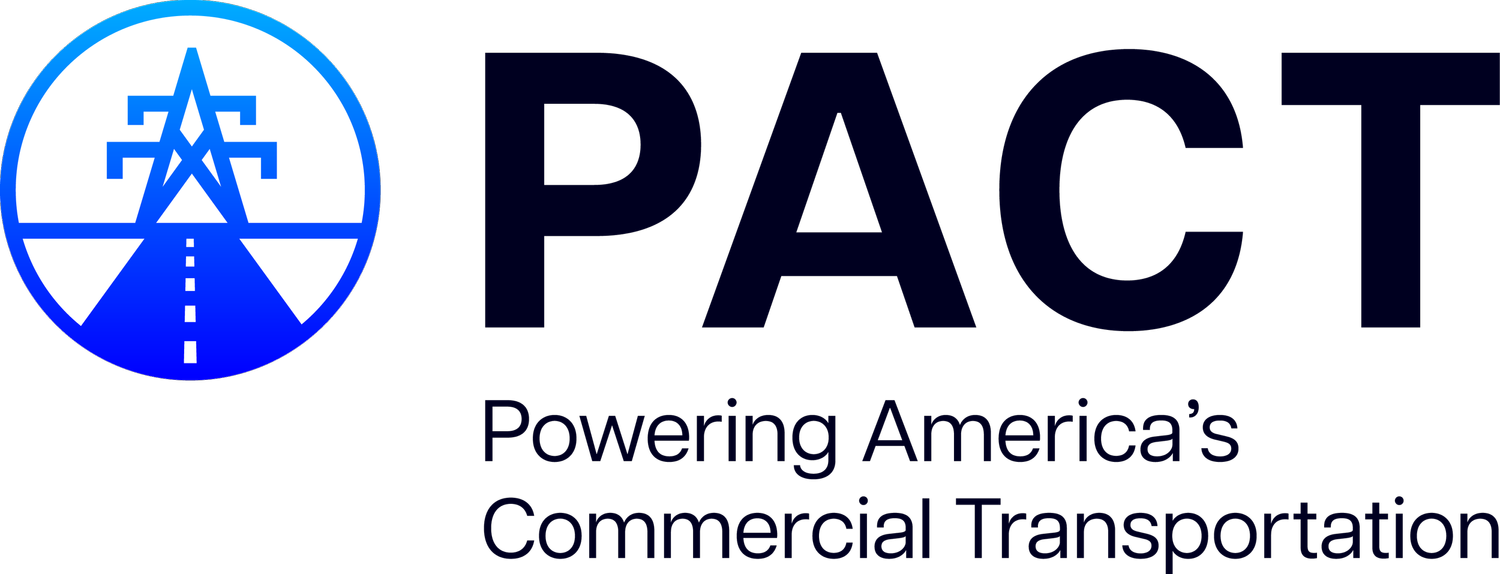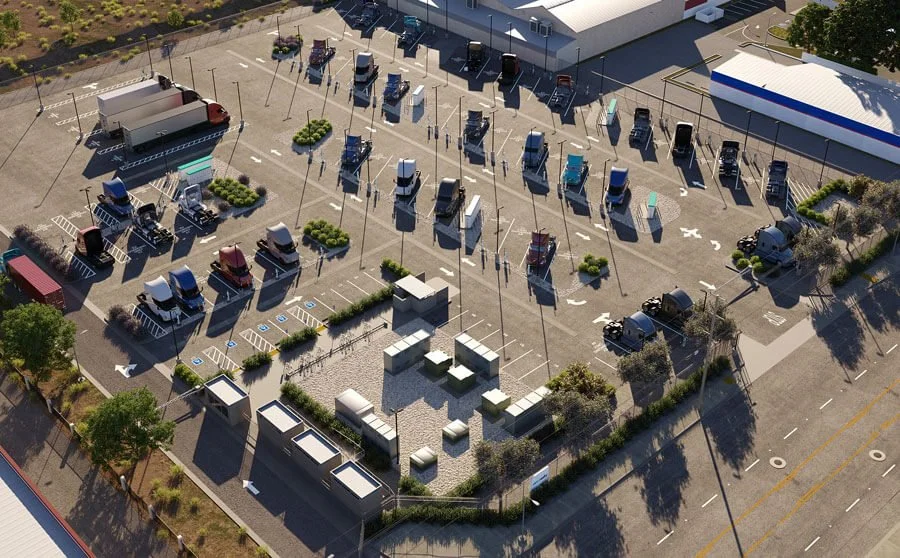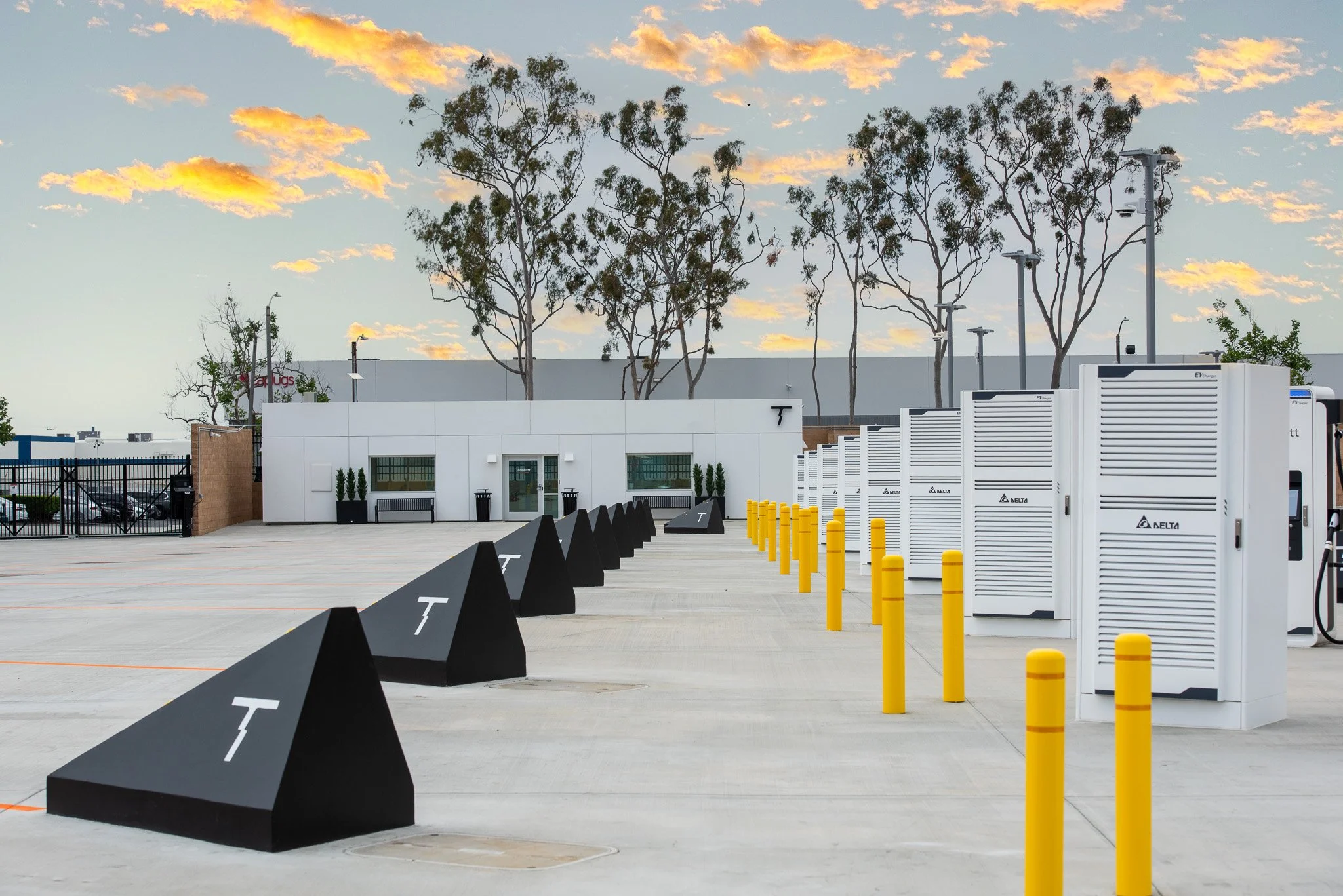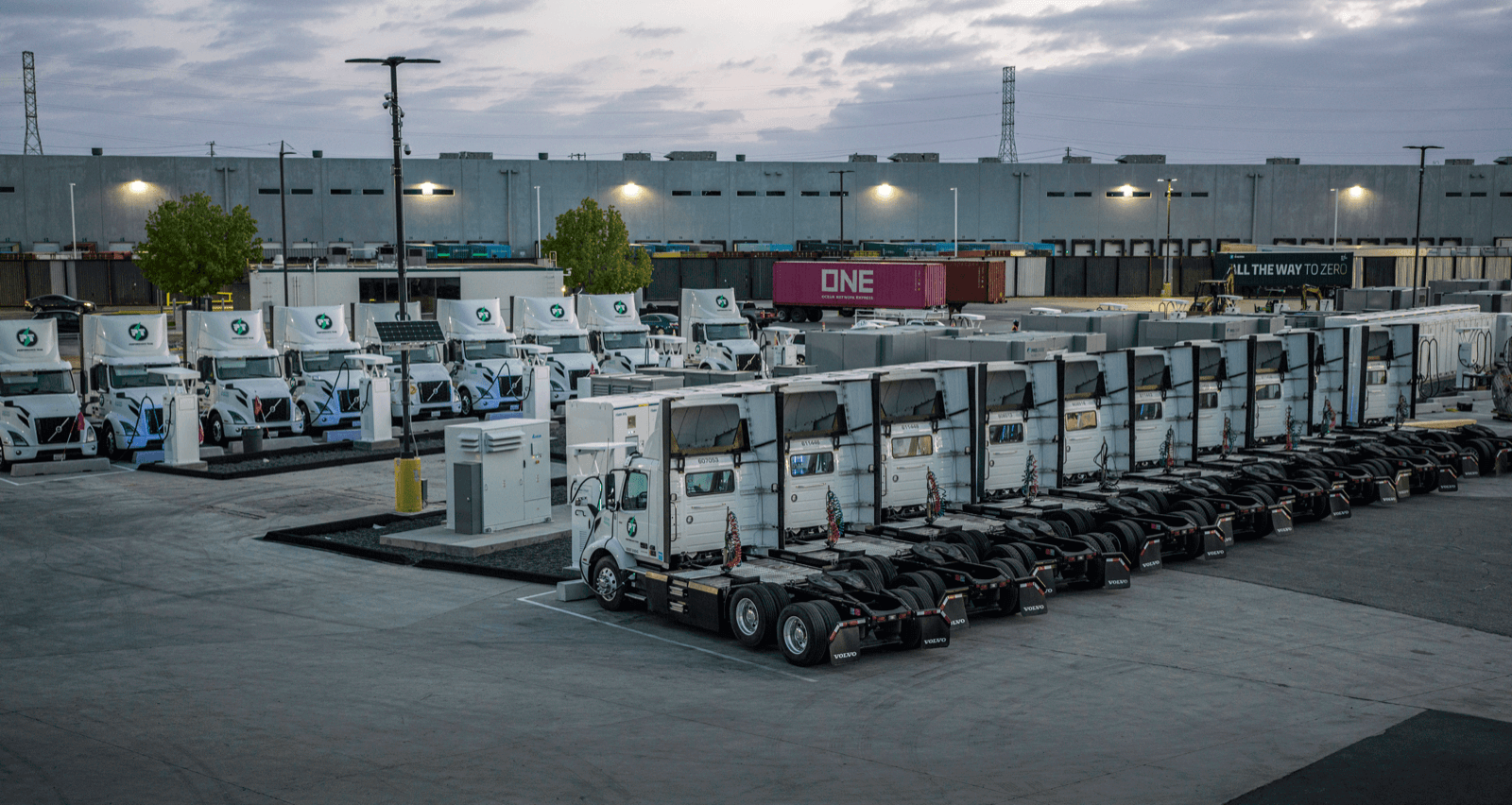A New Approach to Keep Trucks Moving: Infrastructure as a Service
Picture a busy trucking hub at daybreak. Dozens of electric trucks lined up, plugged into high-powered chargers between shifts. Behind the scenes, teams monitor grid connections, fix issues in real time, and make sure every vehicle rolls out ready for the next route. This is the future of commercial transportation.
This is the world of Infrastructure as a Service (IaaS) — a model helping utilities, fleets, and local jurisdictions plan and manage electrification.
What “Infrastructure as a Service” Means in Trucking
The “as a Service” model is designed to transform how fleets access equipment, power, and infrastructure:
Charging as a Service (CaaS): Providers own, operate, and maintain the chargers. Fleets simply pay for energy use — by the kilowatt-hour, per session, or subscription — and avoid the hassle of managing complex charging equipment. This model would be ideal for fleets still in the pilot phase or that are interested and able to manage development and ongoing operations.
Trucking as a Service (TaaS): Fleets subscribe to trucks, maintenance, and telematics rather than owning the vehicles outright. It shifts costs from CapEx to OpEx and helps fleets scale electric operations faster.
Electric trucks charging at Forum Mobility’s FM Harbor depot — where fleets access trucks and charging infrastructure as a service.
Charging Infrastructure as a Service (IaaS): The layer beneath it all. IaaS providers secure and entitle land, design and build grid connections, and operate ready-to-use charging depots that power TaaS and CaaS models alike.
These approaches to infrastructure delivery illustrate new ways utilities and private partners can share the cost and responsibility of grid readiness.
Simplicity and Reliability, Delivered as a Service
For most fleets, electrification can feel like entering a different business. Suddenly, they’re navigating land use, power studies, permits, and grid connections — not exactly the day-to-day of moving freight.
IaaS removes two of the biggest barriers to fleet electrification: cost and complexity. Instead of spending millions on land, permits, and infrastructure, fleets can operate from day one with stable, usage-based fees. Smaller carriers gain access to top-tier facilities that were once out of reach, leveling the playing field across the industry.
For utilities and regulators, the IaaS approach also offers a predictable, data-backed pathway to anticipate grid needs — allowing proactive planning of interconnections and upgrades in partnership with experienced developers.
IaaS providers can deliver fully developed, energized sites built specifically for commercial charging. Fleets can simply plug in and start operating, paying predictable fees instead of tying up capital or staff in construction, permitting, or maintenance.
Different Models for Different Needs
No two fleets run the same way, and neither should their charging. IaaS providers offer a range of depot models to match fleets’ operational needs, and to inform different grid and land use strategies:
Public depots function like truck stops, open to any driver who needs to charge.
Greenlane’s Colton, California, site is a high-powered public charging hub next to one of the nation’s busiest freight corridors.
Private depots sit behind the fence, often on or near a fleet’s own property, offering control, security, and reliability for dedicated operations.
Located in one of the country’s most active logistics hubs, Voltera’s facility in Lynwood, California, is purpose-built for private fleets.
Shared depots split the difference. Multiple fleets charge at a single, secure site with reserved access. This model simplifies operations, provides dependable power, and helps optimize utilization as adoption grows.
EV Realty’s multi-fleet charging hub in San Bernardino includes 76 fast-charge bays and 9.9 MW of power for regional logistics fleets.
Terawatt’s Rancho Dominguez facility is equipped with 7MW of power and can charge up to 125 trucks daily
These models reflect a broader shift toward flexibility — meeting fleets where they are rather than forcing a one-size-fits-all solution. But all depend on one critical factor: timely, reliable access to electricity.
Making Electricity Work for Fleets
Powering a yard full of electric trucks isn’t like plugging in a few cars. A single heavy-duty charger can draw as much power as a grocery store — and a full depot can rival a small town. Connecting that kind of load requires studies, permits, and sometimes entirely new grid infrastructure.
IaaS providers can make electricity work for fleets — even before permanent grid power is ready. They can coordinate early with utilities to plan upgrades and secure long-term capacity, while deploying temporary power solutions such as mobile batteries, generators, or microgrids to keep operations running in the meantime.
This approach helps bridge the gap between today’s grid constraints and future demand. For utilities and regulators, it highlights how flexible, phased infrastructure strategies can accelerate deployment while permanent upgrades are planned.
At Prologis’ Denker Hub in Torrance, California, a self-sufficient microgrid supplies reliable, high-powered charging. It’s a model for how distributed energy systems and flexible power strategies can bridge today’s utility constraints and support fleet operations from day one.
Why It Matters
Fleet electrification is coming. To prepare, utilities and policymakers must identify where power will be needed most and invest accordingly. Infrastructure as a Service offers a model for productive collaboration — one that complements grid planning and makes commercial electrification feasible, predictable, and scalable.
Charging Infrastructure as a Service isn’t just a new method of charging vehicles — it’s a bridge between transportation planning and grid planning. By coordinating early around freight “hotspots,” IaaS providers and utilities can ensure that the infrastructure backbone of a cleaner, more resilient freight system is built efficiently, equitably, and on time.
This content was informed by PACT members from EV Realty and Forum Mobility.







